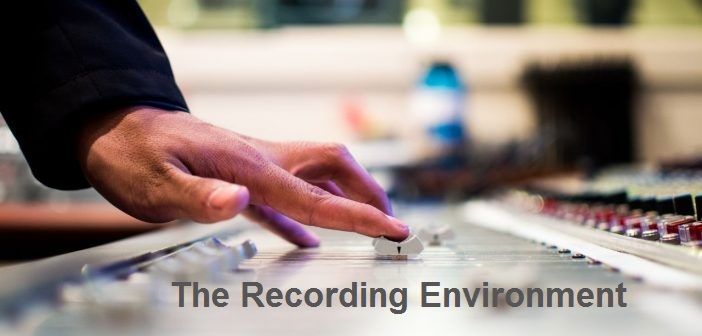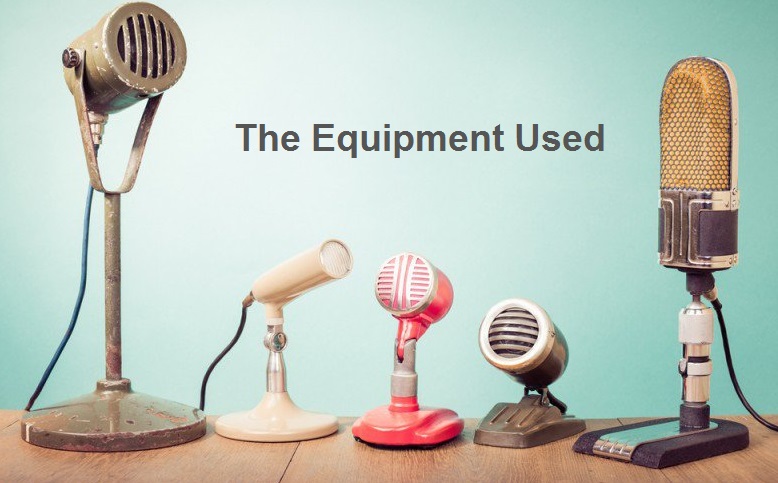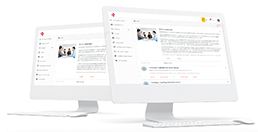Learn how to produce a good quality audio for eLearning and mlearning courses. The recording environment and the equipment to produce good audio output. When putting together an online course, one problem that you can come across is one of audio quality. For the top courses, thousands of dollars of editing, optimization and mastery has gone into making the audio performance absolutely top notch. Seen as many people can lack the funds, the time or the ability to make this possible, though, you have to do more than a few little tricks and tips to make your sound quality absolutely spot on. It takes a lot of work, though, for sure. To help you make sure that the audio quality for your online course can be as clear as possible to reduce confusion, you need to take a closer at some very important elements. Let’s have a view at what they are.
The Recording Environment

The first thing is the recording environment itself. The most common issue to ruin a good online course is to have an echo or a tinny, open effect in the background. It reduces the audio impact and can leave one too many listeners straining to hear. It’s good to invest in a few acoustic panels to be used in a recording room, and also use some extra coverage such as cushions and even couches to help “trap” the noise into the recording area to stop the expansive of the room being so obvious. Also, make sure that you have no background noises. From having excessive gain on the sound that creates a distortion effect to having the whole thing recorded in Stereo, not Mono, forcing it to come out of one speaker, there are many mistakes that can be made.
The Equipment Used

From what you record on to how you save the audio itself, multiple factors come to life that determines the success or failure of the sound that you are making. To help you get around this problem, we recommend that you look into getting a microphone that can carry the quality of the Heil PR 40. It’s a pod-casters dream, and can be great for making an online course nice and crisp, too. Also, the best sound formats to work with for the sound is going to be WAV. You can find that it’s quite a high-space sound format but it’s easily the clearest and best. You can also convert WAV into MP3 without much audio loss, and then sync it on top of any of the videos that you are working with. For sound quality, though, you should always start off with a WAV file. Easy enough to edit and simple enough to sync with a video, they make the best options for making audio learning content that is crisp and clear for all to hear. So, your two main problems are going to stem from saving in a poor quality audio format, or recording in a poor quality of room. Add some acoustics, use the best mic, and save it in a WAV, and you can find that the audio problem that were holding back your idea from making the most of itself can soon vanish! To learn more about our Instancy Learning Platform click here. To schedule a demo and Free-Trial of Instancy Learning Platform click on this link.





